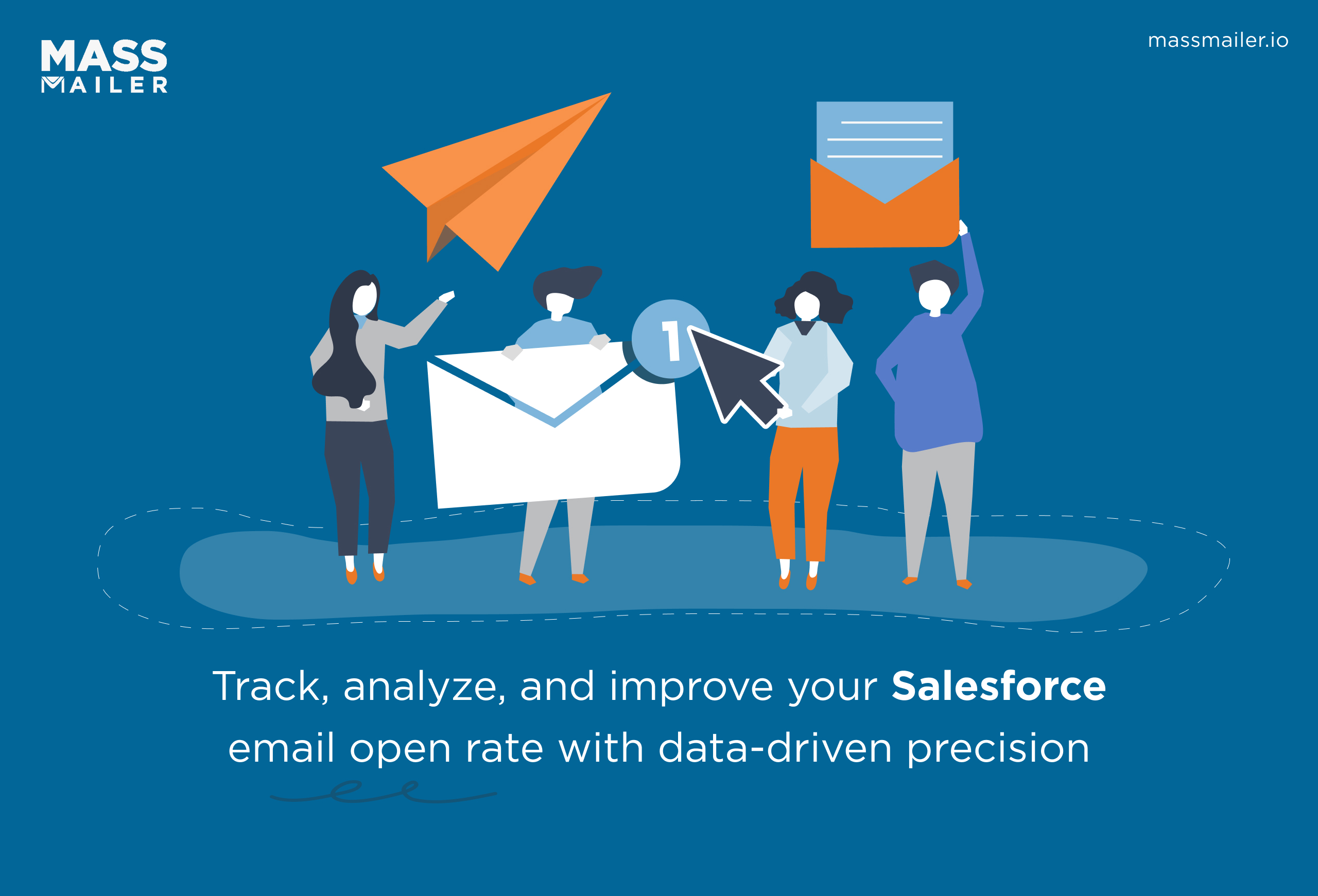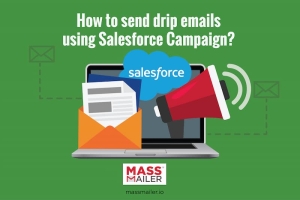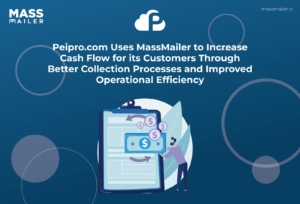Table of Contents
We cannot deny the time when people thought email was way environmentally friendly as compared to printed materials because it seemed to reduce the use of paper, thus saving more trees. Unfortunately, recently, digital activities’ environmental impacts are becoming clearer.

It’s no surprise that even the littlest things that we do online require energy, and they accumulate as we continue. Studies show that internet usage coupled with our gadgets and supporting systems such as data centers make up3.7 percent of global emissions yearly. We know that one of the biggest contributors to this is businesses given that many harness online tools for their processes and operate digitally.
Companies have a big role to play in dealing with the environmental issues we are currently facing. It’s important that employers proactively look for ways to innovate for sustainability and actively carry out responsible and ethical business practices. This way, they don’t only protect the communities where they operate; they also become relevant and well-positioned to connect better to their markets and customers. As a result, more and more companies turn to green marketing strategies. However, be wary though as there are companies that genuinely want to reduce their carbon footprint and those that only practice greenwashing.
The carbon cost of our emails
Pretty much anything we do has an environmental effect—including emails. The majority of these, including spam, unread, and undeleted emails are stored in the cloud. And we all know that cloud storage requires quite a lot of electricity and is oftentimes generated by fossil fuels.
Like many components of modern-day living, email produces a carbon footprint. But oftentimes, its actual environmental impact gets downplayed given that it is perceived as more environmentally friendly than using papers.
So what’s the actual impact of emails on the planet?
Citing a study from Mike Berners-Lee’s How Bad Are Bananas book,BBC notes that the carbon footprint for a usual personal email reaches around 4 grams of carbon dioxide (CO2) while a message with a large file attachment may be

What can we do?
It’s not a dead-end for us. It’s still possible to cut our digital carbon footprint by being careful and critical with the way we use our gadgets and by harnessing the power ofemail marketing. This does not mean ceasing email practices, as these are an integral part of modern communication and marketing. This means evaluating and finding simple ways to make email marketing more sustainable.
We’ve listed down tips on how to make email marketing more eco-friendly.
Make signing up easy and appealing
When reaching out to customers with the goal to facilitate your business’ email marketing strategies, the first rule to have more customers on your list is to make signing up simplified and user-friendly. Your primary goal is to get a large number of email addresses in order to promote your green business. You can also opt to offer incentives—like a discount or giveaway—for people who are interested to join your list. This may work better given that many people are more willing to sign up when they’re given something beneficial in return.
Once they are on board and you now have them as part of your email list, you can start harnessing email marketing to support environmental conservation. However, for safekeeping, make sure you find ways tostore customer data securely.
Maintain regular contact, but don’t spam recipients
Nobody wants unsolicited, inconvenient emails. Not especially if these people are still prospective customers. Make sure to reach out to them regularly to keep them posted about your business and remain on top of their minds. But note that you must do this without spamming them to prevent them from unsubscribing from your mailing list and at the same time, reduce your carbon footprint.
Customers are aware that spam emails always seem commercial and driven by financial motives so many no longer take interest in these. These spam emails are also generally perceived to promote questionable, deceptive goods. This is why these are either avoided or blocked.
To see your email marketing bear fruit, you must strive to find a balance between keeping them posted by sending them emails regularly and allowing email downtime.
Remind contacts not to print your email
There are still recipients who like to print out emails so they can use them as a guide or physical to-do lists. Eventually, when they no longer need them, these printed materials are simply tossed in the trash bin, adding up to the trash that will end up in landfills.
To encourage sustainable practice among your recipients, your emails should include a friendly reminder (ideally, in green text!) for them to refrain from printing out your email and have them saved on their mobile phones or laptop. This way, they may reconsider their online habits and appreciate a company that tries to express support for sustainability even in the littlest ways.
Integrate your socials
You cannot expect success without harnessing the advantages of social media platforms and networks. Businesses globally have witnessed the massive potential of social media as an effective marketing tool that can promote an eco-friendly way of reaching out to both existing and potential customers. This is the reason why your social accounts must be integrated into your email marketing strategies should you want to promote both your business and sustainability.
Social media has become an integral marketing tool for many industries and organizations. It is vast and diverse. It provides a wholly free way to reach out to new customers coming from different demographics and industries to grow your business. With all these, it is critical to include your social media handles and links in your emails. This way, customers may perceive your business as established, easy to connect to, proactive, and customer-friendly.
Email marketing can be executed with less carbon footprint and in a cost-effective way. You can do this by also constantly creating social media strategies that can make email marketing work for your green business and achieve success.
Keep emails short and snappy
Do your existing and prospective customers have much time to spare to read email offers? Most likely not.
Many people on your list are busy and do not want a huge chunk of their hours spent reading emails from various companies. This implies that businesses must expect them to have just a short time and attention to spare.
Knowing this, your email message must stay succinct, relevant, and engaging. Ensure that you focus on and accentuate key points, especially if you want to cover environmental awareness and conservation—which are integral for everyone to know of. You can do this by playing around with font sizes, styles, and colors.
Likewise, if you want to push for greener email marketing and reduce your carbon footprint, composing emails and replying to messages should be done with lesser email volume and in the most prompt way.
Assess the volume of your recipients
Many companies still rely on the batch and blast approach to marketing. However, incorporating this as a strategy shows that many still don’t take into account its consequences on the environment and their consumers.
Being bombarded by generic emails is not engaging and effective at all. Likewise, the more email you send and the bigger their volume is, the more you make your company’s practice unsustainable. Per Campaigner's recentstudy, almost half (49 percent) of customers say they get too many emails from marketers and company owners alone. Many of them feel overwhelmed by the number of emails they are receiving from brands and would like to get fewer emails than the average number of emails marketers send.
If you think every email to a customer counts, it is better to assess the volume of the email you are trying to send, who you are sending it to, and if they are really keen on receiving it. When you better analyze your data and utilize segmentation and personalization, you also boost the efficiency of your email marketing campaign while refraining from unnecessarily over-sending emails.
In short, over-messaging is both bad for the business and the environment.
Think About Frequency
In addition to keeping your email short, rethink how frequently you send out emails. Sure, such emails can help promote green goods and services as well as prompt brand retention among customers, especially when done on a regular and consistent basis. However, the more you send them as often as you can, the more customers find them a nuisance. Unfortunately, this likely results in higher rates of unsubscription, which defeats the purpose of your email marketing.
When sending emails, focus on sending quality messages that convey only the most crucial points you want to highlight. Keep every email batch meaty so you can maximize every send-out.
Consider deletion of unwanted emails
According toThe Good Planet, an average American has around 500 unread emails. Should one opt to delete 500 unread and unwanted emails, this would rub out 175 grams of carbon dioxide assuming each email contributes 0.3 grams of CO2.
From a macro-perspective, if everyone around the world deletes 10 spam or non-spam emails, this equates to deleting emails worth 1,725,00 gigabytes (GB). This is a significant sustainability step as 1 GB of emails takes 32 kilowatt hours (kWh), generating a total of 55.2 million kWh.
It greatly helps if your business starts to regularly delete unwanted emails and those (such as those in your sent items) that are no longer useful. Try encouraging your recipients to also do the same!
Sharing planet-friendly advice
To spark up customers’ curiosity and prompt conversations on sustainability, you can consider adding environment-related content. You can try including eco eco-friendly quotes, pleas, fast facts, links to eco-friendly charities, and/or events and initiatives that might interest your eco-conscious audience. This way, you get to set that green mood.
The fact that your email marketing campaign is sustainable is a good springboard to sustainability. However, know that there is a lot more you can do to make it greener and more planet-friendly without disregarding your campaign’s main goal, which is to keep customers informed about your company’s services and offers.
Whether your business provides eco-friendly goods or you simply want to maintain sustainable business practices, make it a goal to find innovative methods to incorporate green strategies in your email marketing campaigns. If you manage to do this consistently, it’s a win-win situation as you get to reach your business goals while promoting sustainable and ethical lifestyles among your stakeholders.
Choosing quality over quantity
Email marketing is surely one of the most inexpensive and sustainable ways your business can do to stay in touch with customers. However, remember that the quality of your emails and send-out strategies supersede the quantity of the emails you send. After all, customers generally prefer short but strong and relevant content.
Consider the tips above for further insights into sustainable email marketing and to help youincorporate sustainability in your email marketing in the most strategic way. This way, you can also get more leads via email marketing.
Remember though, while taking action on the current climate crisis is a big help and reducing your emails’ carbon footprint is a good solution, they are unlikely to make a significant impact to reduce your carbon footprint. Therefore, your business should make it a goal to practice sustainable business practices holistically and never cease spreading awareness about environmental sustainability.
Doing these initiatives allows you to plant seeds that will benefit not just our planet but also our future.
Start Your Free Trial Today
Experience MassMailer the easiest way to send personalized emails from Salesforce.
Related Blogs

All You Need to Know About IP Address Pools in Email Marketing

Salesforce Email Open Rate: How to Track and Improve
MassMailer Resources
MassMailer Glossary






